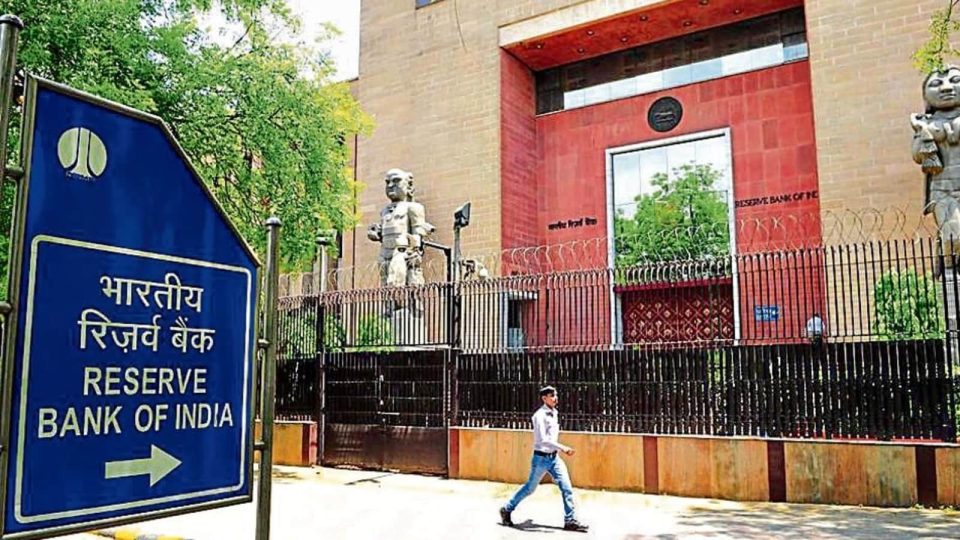The Reserve Bank of India (RBI) has conducted a rate repo operation instead of pledging its regular variable rate reverse repo operations (VRRR) after the exceeding collection of Goods and Service Tax (GST) controlled in the liquidity flush in the market. A statement from the RBI said that the strengthening of money market rates and the amounts under the fixed-rate reverse repo of the liquidity adjustment facility (LAF) was also reflected.
The VRRR is usually done to decrease the money flow by withdrawing existing cash present in the system. The RBI also offered a loan of Rs 50,000 Crores to the banking ecosystem on 20th January; the cut-off rate was decided at 4.06 per cent along with the weighted average rate of 4.10 per cent. And both of these increased higher than the repo rate of 4 per cent. The counter-bids received by the RBI was Rs 65,700. Till 31st December, the RBI had planned to withdraw almost Rs 7.5 trillion of liquidity via a 14-day VRRR auction. But the banks only offered Rs 2.67 trillion in these auctions. On a reverse repo auction on 14th January, the RBI wanted to repay the shortfall of about Rs 5 trillion, but the banks still offered only Rs 4.31 trillion.



